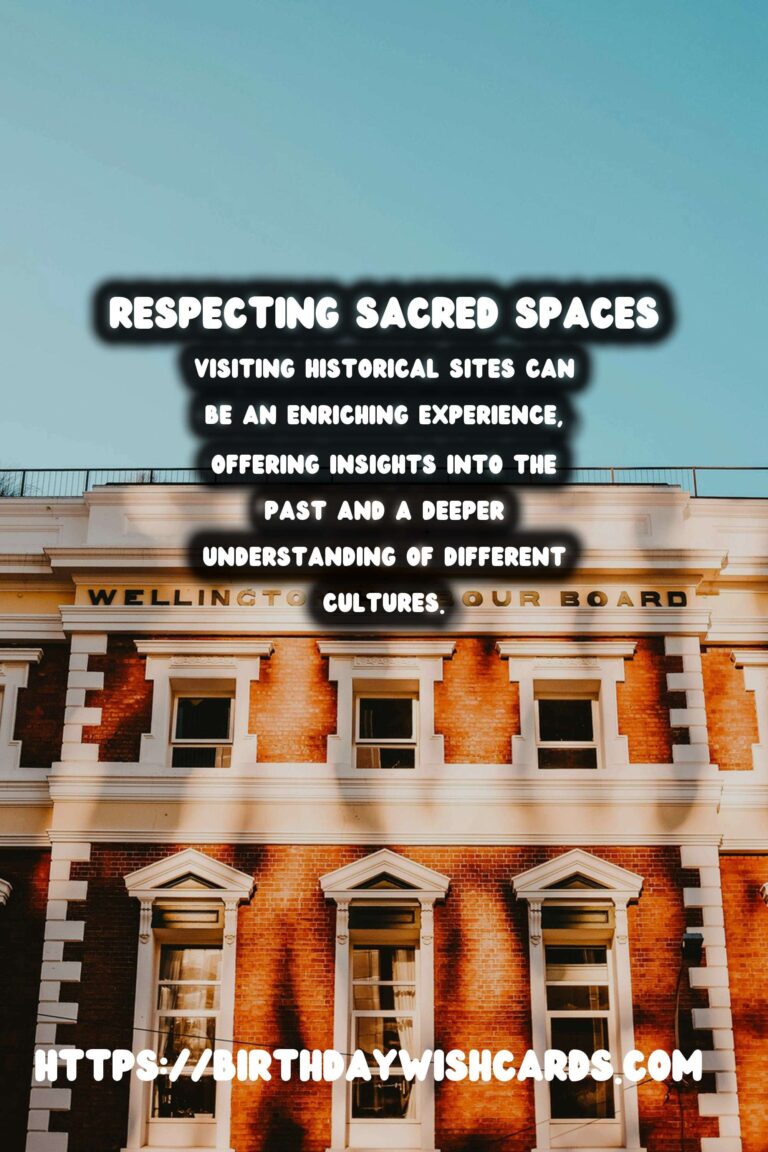
Visiting historical sites can be an enriching experience, offering insights into the past and a deeper understanding of different cultures. However, it is crucial to approach these visits with respect and mindfulness, especially when these sites hold sacred or cultural significance for particular communities.
Understanding the Significance
Historical and sacred sites often serve as an essential link to the past, reflecting the cultural, religious, and historical essence of a community. These places can be temples, cemeteries, battlefields, or even entire landscapes essential to the historical narrative. Understanding their significance is a vital first step in ensuring their respectful visitation.
Do Your Research
Before visiting any historical site, take the time to research and understand its significance. This involves learning about the historical events that took place there, the people connected to it, and its cultural or religious importance. Comprehensive research may reveal rituals, customs, or behaviors that are considered respectful or disrespectful to the locals.
Follow Site Guidelines and Rules
Most historical sites have guidelines designed to preserve their integrity and ensure visitors’ conduct respects the site’s sanctity. These might include dress codes, photography restrictions, and behavior guidelines. Always adhere to these rules and respect signs and barriers, as they are in place to protect both visitors and the site itself.
Respect Local Customs and Traditions
Understanding and respecting the traditions of the local community is essential. This can include taking off your shoes before entering a site, dressing modestly, or remaining silent in certain areas. Learning a few words in the local language can also help, as it demonstrates respect and willingness to engage.
Be Mindful of Your Impact
Consider the impact of your visit on the site. This includes being careful not to disturb natural features, remaining on designated paths, and refraining from touching or removing artifacts. Supporting sustainable tourism by choosing tour operators respecting the site and its surrounding environment is also a good practice.
Photography and Social Media Etiquette
While capturing memories is an essential part of travel, consider if taking photos is appropriate. Always ask for permission when photographing people and ensure that you follow photography restrictions. Even if photography is allowed, avoid overshadowing the site’s significance by prioritizing your social media presence over its cultural value.
Contribute to the Preservation Efforts
Contributing to preservation efforts can be as simple as donating to preservation funds, volunteering with local conservation groups, or advocating for policies that protect these sites. Your contributions can help ensure that these sites remain intact for future generations.
Conclusion
Respecting sacred and historical sites is a collective responsibility. By approaching such places with reverence and understanding, we ensure their preservation and honor the cultures and histories they represent. As visitors, it is our duty to educate ourselves and act respectfully to continue enjoying the privilege of experiencing these cultural treasures.
Visiting historical sites can be an enriching experience, offering insights into the past and a deeper understanding of different cultures. By approaching such places with reverence and understanding, we ensure their preservation and honor the cultures and histories they represent. 

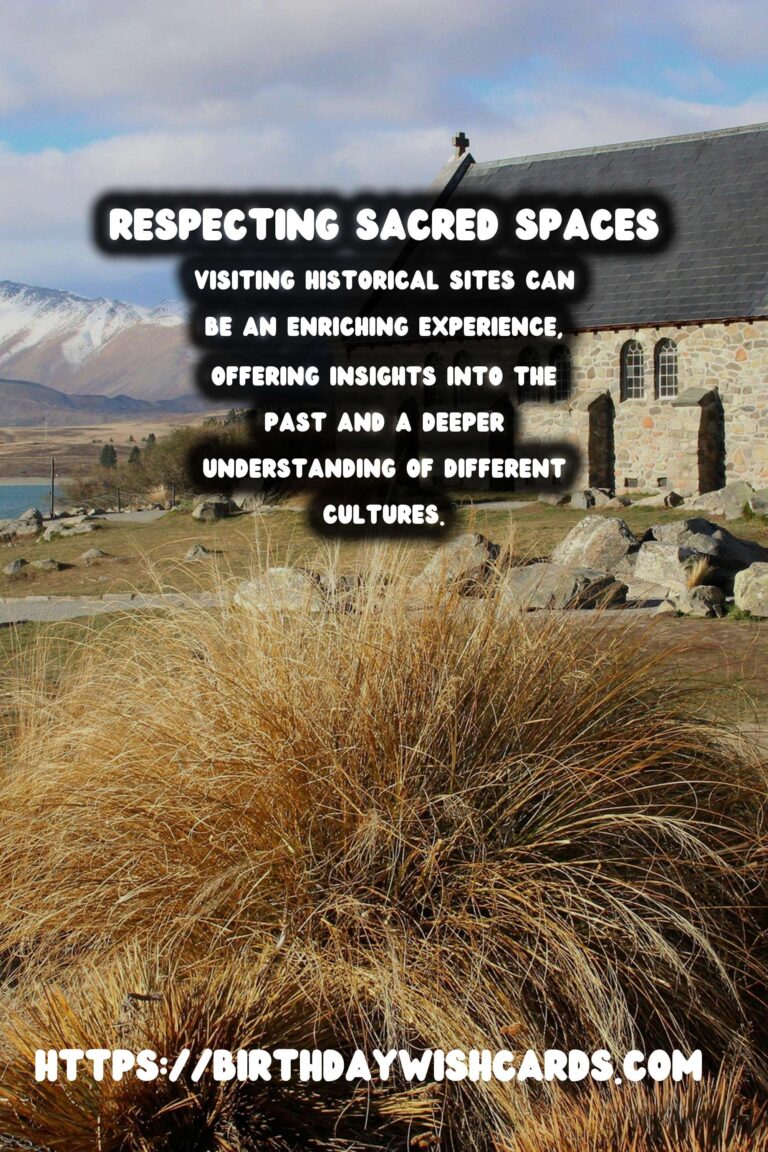

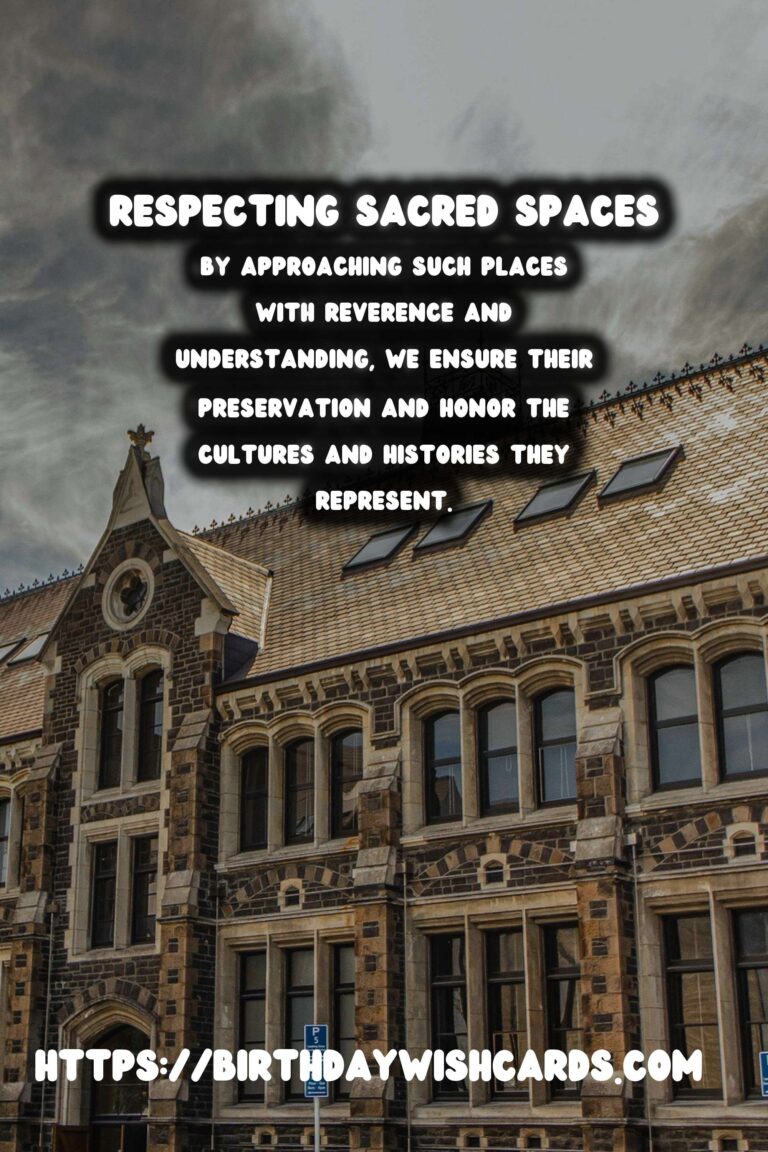

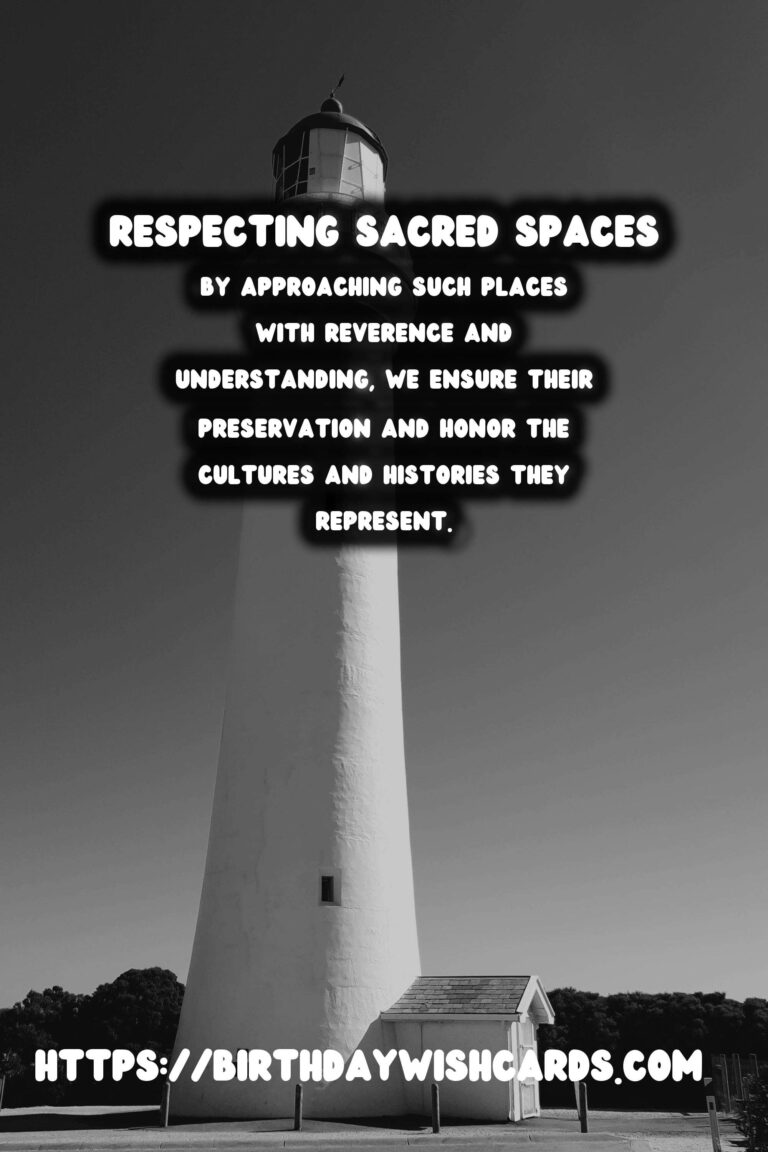
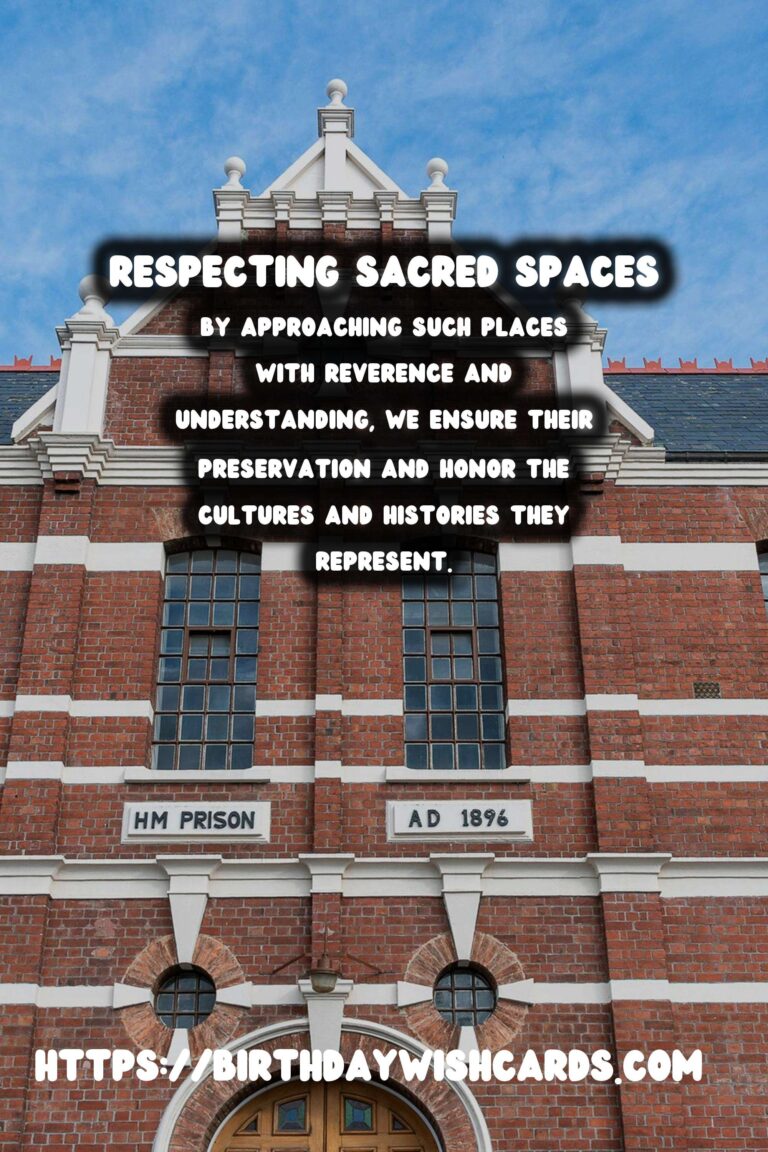
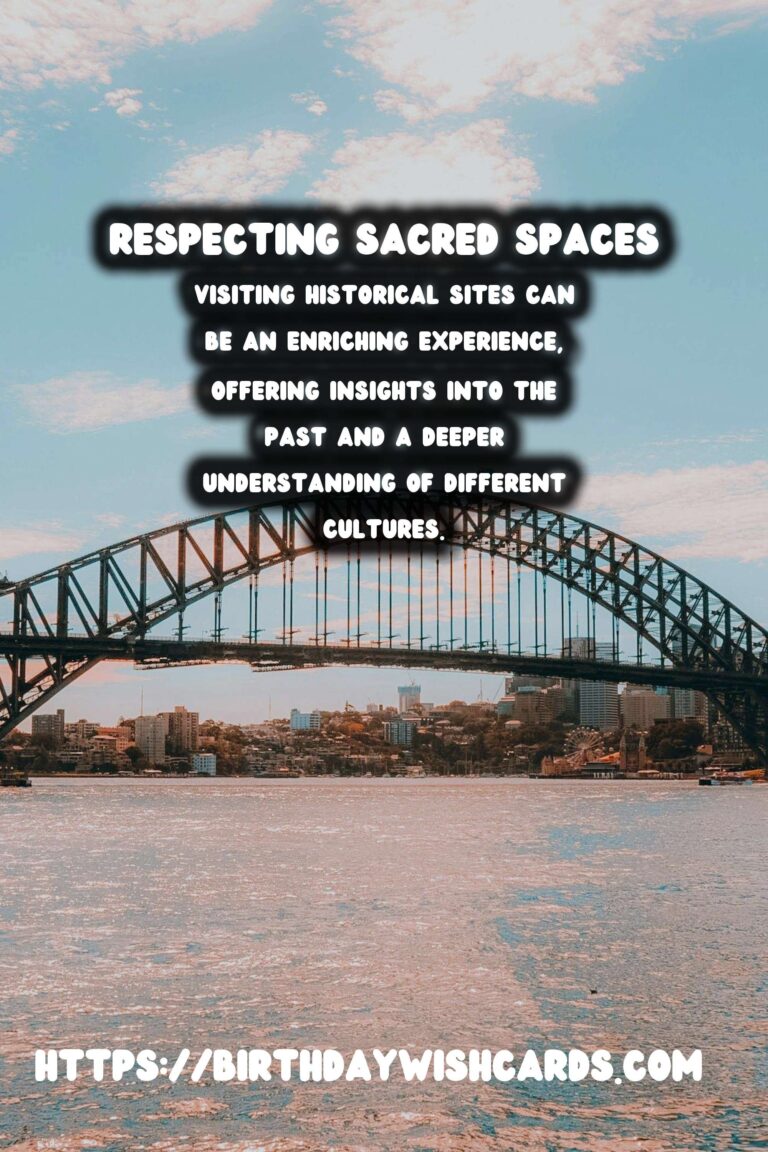
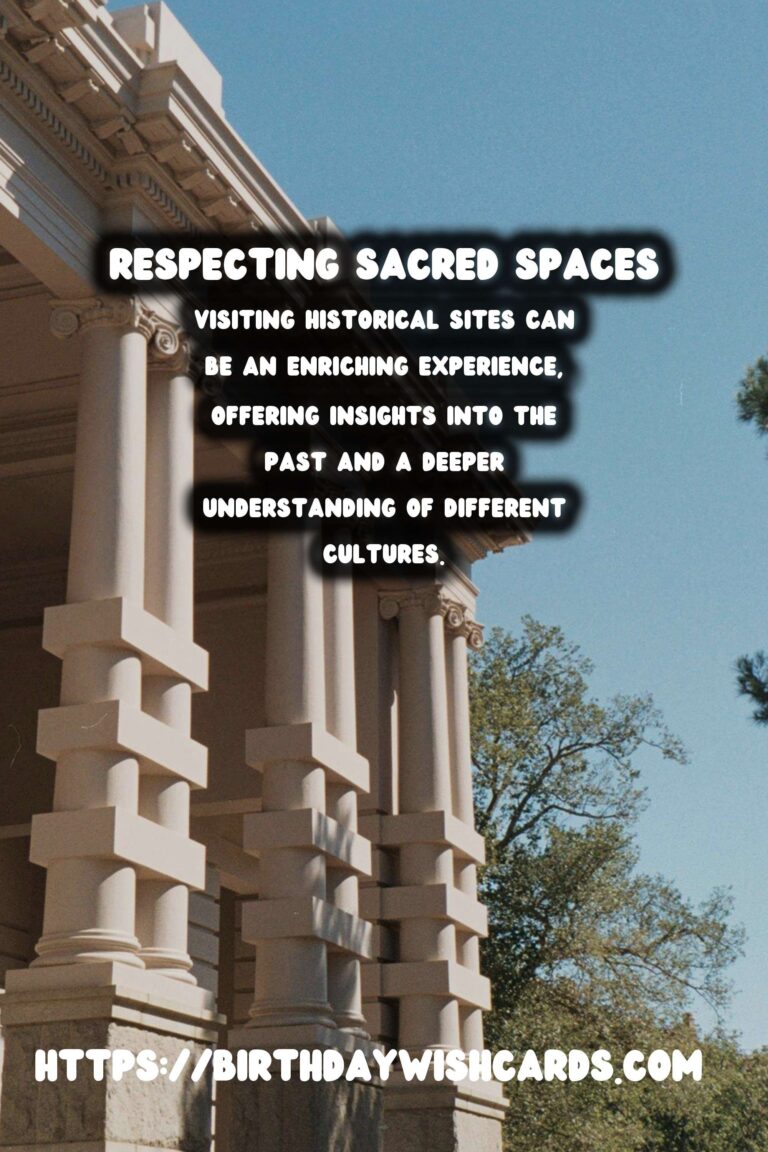
#HistoricalSites #RespectfulTravel




